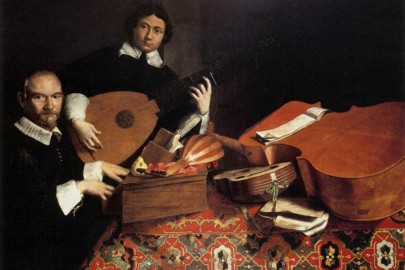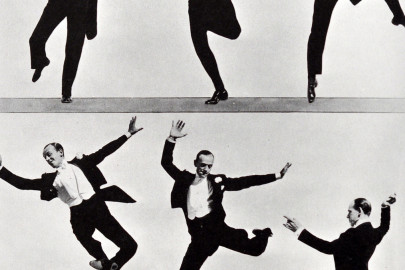This week we examine an inspired if actually quite strange mingling of cultures.
Was the adoption of American soul music by white, working-class British youths one of the strangest things to happen last century? We’re used to this sort of thing now. But I’m not sure anyone would have imagined it a hundred years ago: that the descendants of African slaves would share their music with Tommy Atkins and his football, flat cap and enthusiasm for King and Empire.
What attracted these pasty-faced, drizzled-upon, terrace-dwelling, North European islanders to The Sound of Young America? Well, the music, especially that produced by Motown, is obviously saturated with good feelings – even the sad songs are sweet. The youth of black America and that of working-class Britain both had reason to feel positive at that time: there was money about, they really had never had it so good.
But the intensity of feeling sounds like more than mere optimism – more like liberation. For all the differences in the historical experiences of the descendants of immiserated British factory workers, on the one hand, and African-American plantation slaves, on the other, perhaps by the mid-’60s they were both beginning to get used to the idea of not always being under someone else’s heel?
The music, not least through how it was made – it began as a cottage industry – celebrated self-expression. Young people were doing their own thing, and doing so with a few bob in their pocket. It was a sort of folk consumerism.
But enough of the pointy-headed (over-)analysis. Let’s hear some music. I thought it might be good to get a flavour of what a diverse group of British artists made of Motown. It made for some unlikely but wonderful conjunctions.
When I mention Heatwave by Martha and the Vandellas (what a name) people of my age will be expecting The Jam. However, their cover was a cover of a cover (a description you could apply to a good part of Weller’s career). Here’s The Who, probably the first to do it, and who, for once, go out of their way to reflect the smooth and tuneful melodies of the original. As such this version exemplifies that strangeness I referred to above – perhaps performing on German TV gave them license to show what sweet boys they really were?
The ska bands of the late-’70s revival, to a degree not realised by their young fans of the time, did little other than issue covers at the start of their careers. But if we’d known we wouldn’t have cared or thought any the less of them: there was enough new and fresh there for it not to matter. Not least their multi-racial make-up – the working out of the social logic of the musical intermingling, as we vaguely realised at the time, if not in so many big words. Sorry – back to the music: The Beat’s cover of Smokey Robinson and the Miracles’ (another great name) Tears of a Clown still sounds as fresh as a daisy.
The New Romantics of the early-’80s all loved Motown, Martin Fry with his ABC going as far as attempting to create a British Four Tops. Japan were the most unusual and talented of them, something that comes out strongly in Simon Napier-Bell’s classic account Black Vinyl, White Powder. For lead singer, David Sylvian, it really was all about the art. Here’s another Smokey Robinson cover:
There’s a Ghost in My House was a UK hit for R. Dean Taylor in 1974 on the back of the Northern Soul upsurge, having flopped on its first release in 1965 (its earlier failure was necessary to its later success: it gave it the obscurity required for it to qualify as a ‘rare groove’). Further to the parallels suggested earlier, perhaps it’s telling that early American soul, having dropped out of mainstream fashionability, retreated to England’s industrial North and Midlands. And there it reverberated in the most unusual ways: couldn’t Joy Division’s Love Will Tear Us Apart have been written by Holland-Dozier-Holland on a down day? And perhaps there’s a certain unlikely inevitability that There’s a Ghost in My House should go on to be covered by Mark E. Smith’s The Fall. It’s still their biggest hit.
I love this video – those moves: Levi Stubbs, eat your heart out…












“Heatwave” is apt – I guess we’ve all been out making the most of it. What a scorcher!
The crossover worked the other way too. Stevie Wonder’s “We can work it out” is ace. And another good topic one week would be all the ska and reggae versions of British white rock stuff, including Dub Side of the Moon…
Very good selection Gaw, and excellent points raised concerning northern types and their appropriation of the sounds of Detroit and Kingston. On my frequent trips around Coventry (lucky me!) I always see 50 year old men still wearing their full ska regalia